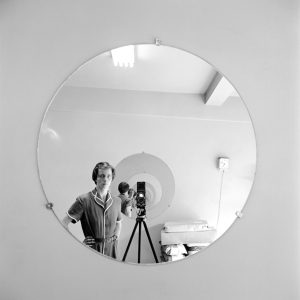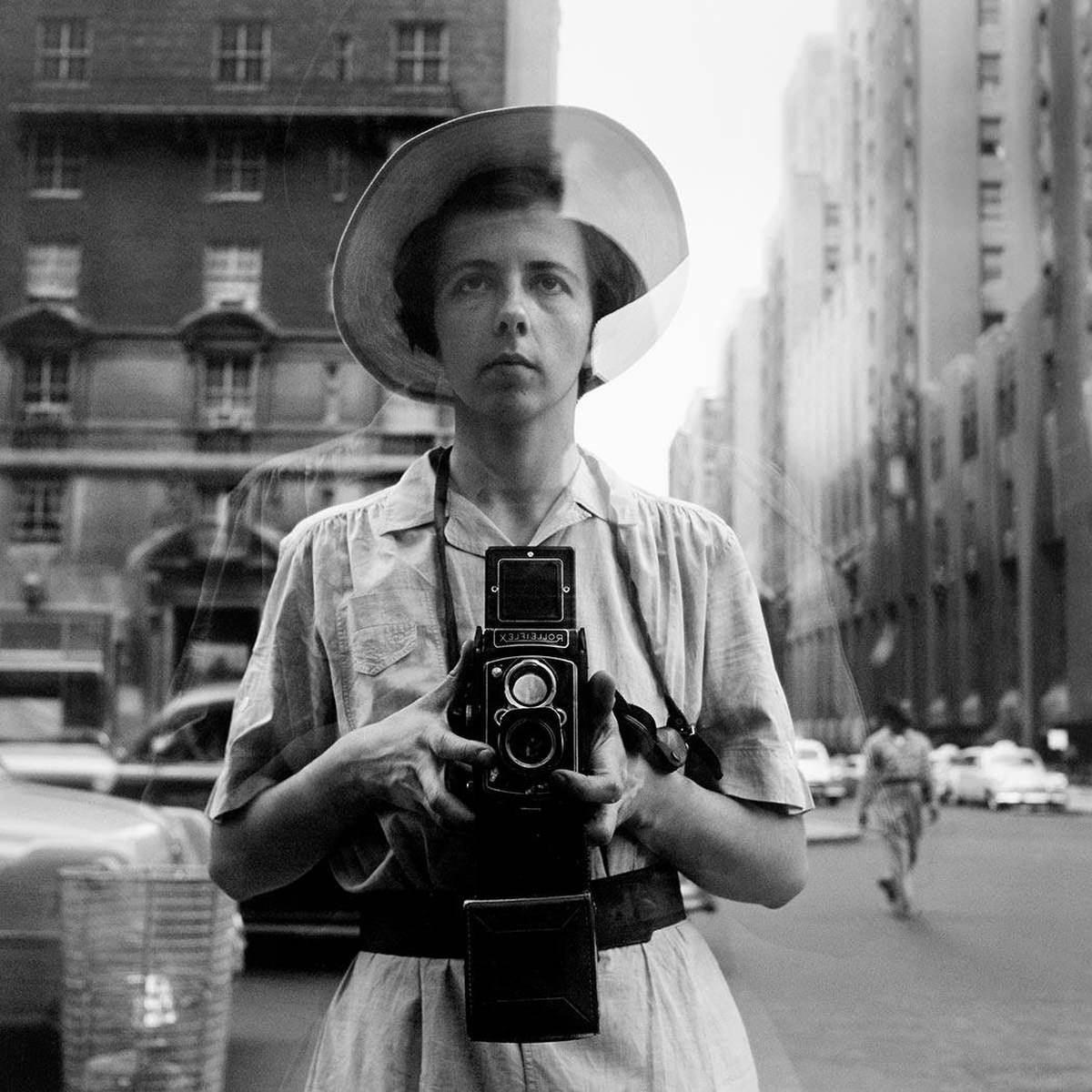The extraordinary story of Vivian Maier, nanny and covert street photographer is almost too strange to be true. This uncanny photographic talent, with a brilliant eye for Bresson’s ‘decisive moment’ was unknown and virtually unpublished in her lifetime.
After her death in 2009, a treasure trove of her prints and negatives ended up in a lockup and several people bought job lots when they were auctioned off. Chicago collector John Maloof obtained some of them and he has subsequently become the main curator of what are over 150,000 images.
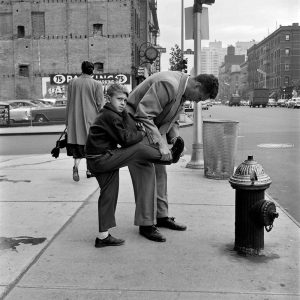
Born in 1926, she was only able to work as a nanny. Some of her early years were spent in France, then she moved to New York City. After discovering a passion for photography, she took her young charges along around the cities of Chicago, NYC, and Los Angeles, peeking into peoples’ lives. Though she could seem strange at times, the young children she nurtured would often hold a lifelong warmth for her, making city walks into adventures, interacting with unusual people.
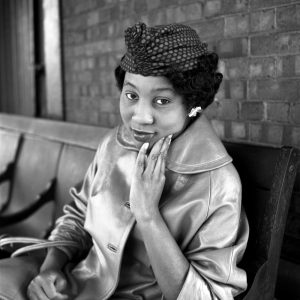
“She was a Socialist, a Feminist, a movie critic, and a tell-it-like-it-is type of person. She learned English by going to theatres, which she loved … She was constantly taking pictures, which she didn’t show anyone.”
Her camera of choice for many years was the twin-lens medium format Rollieflex camera, which meant that she could look around, make eye contact with her subjects and take her images, often from waist-height. Later in life she used other cameras, including 35mm, but she had a special affinity for the Rollie.
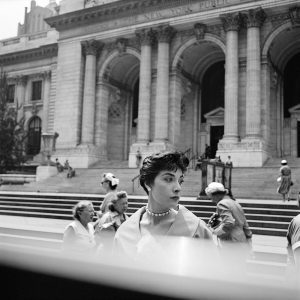
She wasn’t simply a recorder of ‘naturalism’: many of her images are carefully staged, showing a remarkable awareness of image and composition. Once seen, Maier’s pictures have a unique vision and style of their own. Later on, she transitioned from monochrome to colour, which gave her a new dimension to explore.
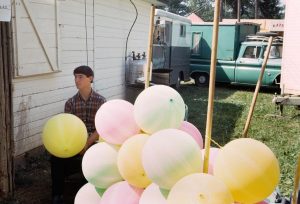
It is rather sad that her talent was never recognised in her lifetime, although her introversion and secretiveness around her photography may well have contributed to this. Now exhibited all over the world in prestigious galleries, with documentaries and a scholarship in her name to help budding photographers, her work lives on.
Given her obsessional photographing, oddball behaviour, hoarding, and obviously high IQ, it seems quite possible that Maier had undiagnosed autistic spectrum disorder. In those days autism in general, let alone “high-functioning autism” was not recognised. She took a large number of “selfies”, often reflected/refracted in mirrors and glass. She must have been trying to tell us something about her sense of self. Still, she remains an enigma.
